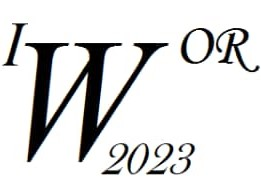Ponente
Descripción
Recent developments in Neural Field Theory have resulted in the creation of Next Generation Neural Field models, which offer a fresh perspective on studying neuronal activity. Unlike previous models, these new models describe activity at a larger scale by considering microscopic laws and assuming a uniform distribution of neurons. However, it is crucial to consider the varying density of neurons when studying neurodegenerative diseases like Alzheimer's, Parkinson's, or Glioblastomas. To address this issue, an updated version of the Next Generation Neural Field model has been proposed based on the thermodynamic limit of the quadratic integration-and-fire model. This model includes realistic synaptic connections and considers the varying density of neurons at the microscopic level. The thermodynamic limit of this model has been applied to investigate the patterns of synchronized neural activity that result from different spatial distributions of neurodegeneration. The research found that the relationship between the thermodynamic states of the Neural Field and the Kuramoto order parameter (a measure of neural synchronization) changes during neurodegenerative processes, which is different from what was previously thought. The variation in neuron density directly influences the Kuramoto order parameter. This research may provide insight into why different neurodegenerative diseases cause varying activity patterns, which could potentially be used as biomarkers for these conditions.

